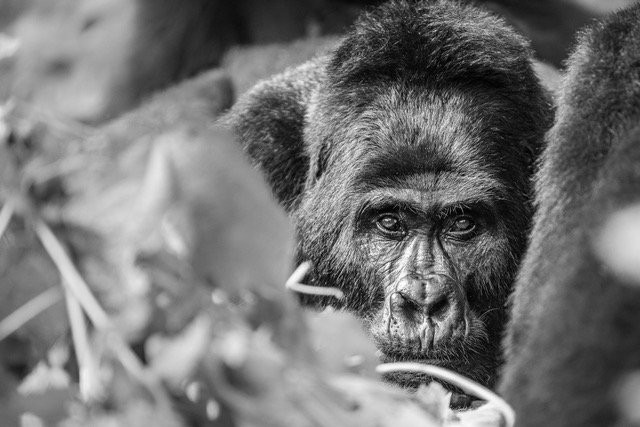A Safari in Uganda
Date 2022/02/08 15:23:51 by Darren Shaun Donovan
In late 2021, I did my first trip to the beautiful and varied country that is Uganda. I was immediately blown away by the natural beauty as we approached the Entebbe international airport, and flew over the Mabamba swamps, a sea of Papyrus that is famed as a stronghold for the Shoebill.
In November I'll be doing another trip to this incredible country, on what is an exhilarating adventure through southwest Uganda. Starting off in the hot steamy rainforests of the Kibale National Park, where we’ll have 2 days of Chimp trekking. From there we head south through the crater fields of the northern parts of Queen Elizabeth National Park, and onto the Southern section of Ishasha, which is famed for the tree climbing Lions. After 2 nights in Ishasha, we'll head further south to the mountain forest of the Bwindi Impenetrable Forest and do a hike from the Buhoma section to our lodge in the south, where we’ll have another 2 days of Gorilla trekking in the Nkuringo section of Bwindi.
And so, I thought, if you’re considering doing your first trip to Uganda, what did I learn from my trip last year that’ll make creating exceptional experiences a little easier.
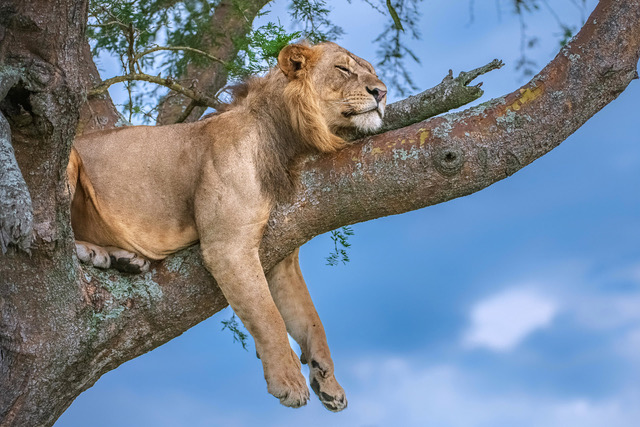
Firstly, what to expect
The climate in Uganda is equatorial. It’s humid, but not incredibly hot. Around November is the end of the rainy season, so you can expect some rain. Mostly in the afternoon, so not usually during the trekking activities, but it does make it wet under foot. However, that doesn’t mean you might not get rain during a trek, it’s nature so, expect the unexpected.
Secondly, the treks (both Chimp and Gorilla), can be demanding. It can take several hours to catch up with the troop that you’re trekking, but it can also only take a few minutes. Therefore prepare for it mentally.
Thirdly, strict Covid precautions. This is because Chimps and Gorillas share upto 98% of our genetic make-up, so an illness like Covid could have disastrous consequences on a population as small as 1063 Mountain Gorillas. So fully understandable that the precautions are in place.
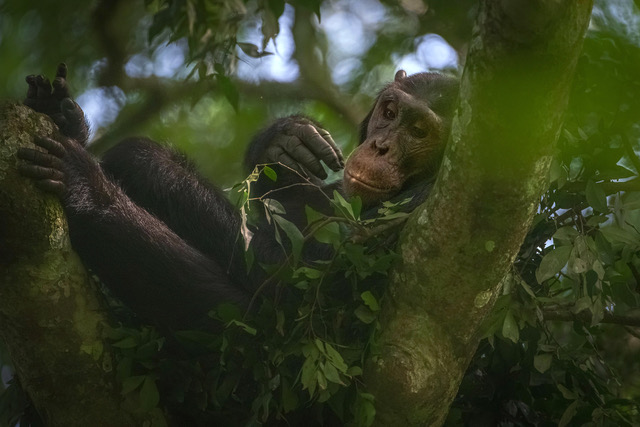
How do the treks work
After a scrumptious breakfast, you’re taken to the designated spot, where you’ll meet the guides. After the briefing and a bit of info on the family group that you’re trekking you’ll set off into the forests.
The trekkers spend all day with the troops, leaving in the evening, when the troops settle. First thing in the morning, they head back to the place that they left them and catch up with them from there. There is constant communication between the guides and the trackers and so the 99% success rate is maintained. The Uganda Wildlife authority has really perfected this!
As you set off for the trek, you’ll be introduced to the porters. Who charge $15 to assist you. They don’t only carry the bag, but they also help you up and down the tricky spots. So, they are well worth it. This is also a way of creating employment for the local villagers, so is very important in ensuring that the conservation initiatives are supported by the community.
Once the troop has been located, you’ll have one hour with the troop before starting to move off again. You cannot take any food, water, tripods or sticks into the troop.
The Ishasha part of the trip takes place in a safari vehicle, first thing in the morning and late afternoon.
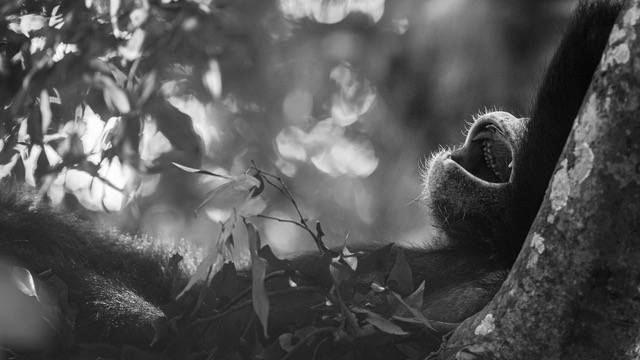
What to bring
The Gear
Firstly, the question is what are you planning on photographing whilst in Uganda. The birdlife in Uganda is unbelievable. Not just in the species count, but also the colours and shapes. You’ll definitely get a good chance to fire several frames off at some very interesting birds. So having a prime lens of 400-600mm is essential. This will also treat you well in the Ishasha section.
For the primates, a 70-200mm f2.8 is crucial. The forests are dark and having a wide-open aperture will certainly help in that environment. Also the primates get very close to you, so the need for a lens longer than 200mm isn’t pivotal.
A very important piece of “equipment” to bring with you is some Silica gel packets, to absorb some of the moisture after a morning in the forests and to prevent the misting up of your lenses.
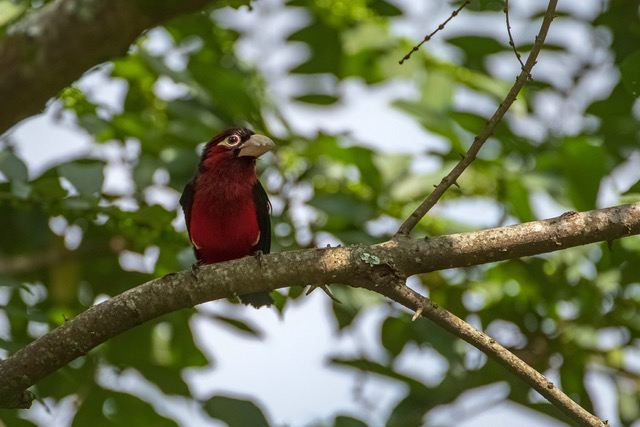
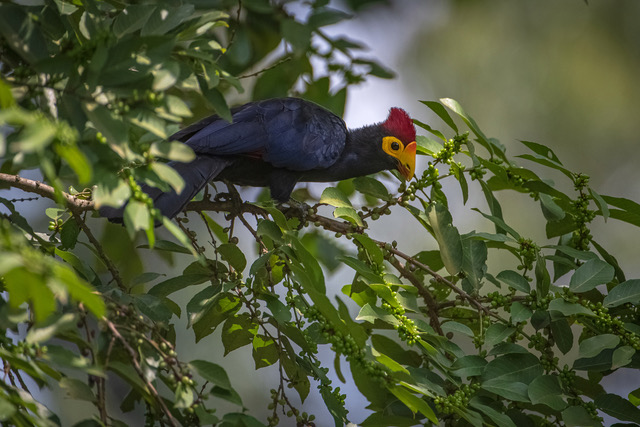
Clothes
Thin long sleeve pants and shirts are indispensable. The forests have a great deal of stinging plants and identical amounts of biting insects. So, looking after that will make your adventure more enjoyable.
Waterproof hiking boots will also be needed. My tip though is a pair of Wellington boots are even better.
I’m really looking forward to getting back to Uganda, and hope that this adventurous destination will fulfil the dreams of more than a few emboldened travellers.
Until next time.
Darren
Follow the link for the full safari.


